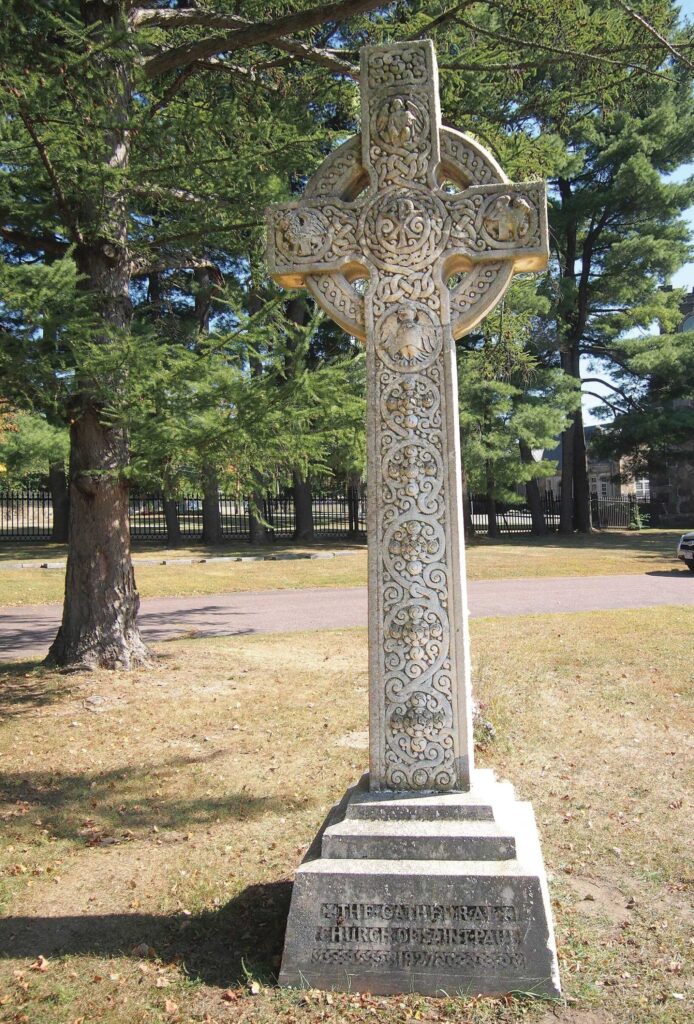Research identifies more than two dozen enslaved in Jamaica Plain during 1700s
Ancestors of Bill Weld, John Hancock among the enslavers

Volunteer researchers have identified at least 27 people who were enslaved in Jamaica Plain as farmers or domestics during the 1700s.
Researchers with Hidden Jamaica Plain compiled the list by combing through probate, marriage and other vital records, old newspapers containing runaway slave ads and histories of the neighborhood, then part of the town of Roxbury.
Mimi Pichey read the names Oct. 5 in call-and-response style to Black Lives Matter activists gathered for their monthly vigil on the lawn of the First Baptist Church of Jamaica Plain on Centre Street. Eight could only be identified as a “Negro” boy, girl or coachman or “Black slave” whose names were “once known.”
To keep the spotlight on the enslaved people, the list of their dozen enslavers was not read. They include John Hancock, a signer of the Declaration of Independence and the first governor of colonial Massachusetts. He owned five people, three males and two females. Various scholars have previously concluded he owned between two and eight slaves.
Another enslaver was Eleazer Weld, who was an officer in the Continental Army during the Revolutionary War and is an ancestor of former governor Bill Weld. Attempts to reach Weld for comment were unsuccessful.
Also on the list is James Perkins, who played a role in founding both the Boston Athenaeum and Perkins School for the Blind. He owned Moussa Deyaha, a Muslim captured in West Africa, sold in Haiti and buried in Mattapan. He is one of only two slaves that could be identified by more than a first name.
“We know there’s still more names to come” as the group continues its research, Pichey said.
Hidden Jamaica Plain’s efforts are part of a broader movement to uncover the less-known history of slavery in Massachusetts, which was the first state to outlaw owning human beings. Similar efforts have been undertaken by Old North Church, Unitarian Universalist Urban Ministry, Eleven Names Project, Slave Legacy History Coalition and other churches and organizations.
To Pichey, the research is not just an academic exercise.
“The first step toward any reparative or restorative justice is to understand what happened,” she said.
Barbara Lewis, who has done research in the 1700s about poet Phillis Wheatley, praised Hidden Jamaica Plain’s efforts.
“I wish more neighborhoods would do it,” said Lewis, a retired director of the Trotter Institute at UMass-Boston. “I think we can find things looking at things in smaller sections, geographically.”
The group’s preliminary findings, like Hancock’s slaveholding, were new information to her. “I had not known his history, but it doesn’t really surprise me,” she said.
The police murder of George Floyd in 2020, Pichey said, prompted her to take a walking tour of sites related to slavery in neighboring Brookline.
“I was bowled over by what I learned,” she recalled. “I knew there was slavery in the North but didn’t know it was extensive.”
Pichey figured if it was present “just across the Muddy River in Brookline” then “it must have happened here” in Jamaica Plain. Her reasoning about proximity proved prescient.
Of Hancock and his neighbors, she said: “He had a country estate on the pond. Basically, anybody who had an estate on Jamaica Pond was enslaving people.”
Pichey contacted the Jamaica Plain Historical Society and suggested developing a similar tour. She discovered other volunteers were doing similar research.
“Everybody was doing their own research. Everybody had their own boats, and we decided to come together into a flotilla,” she said. Hidden Jamaica Plain was formed early last year, modeling its name after Hidden Brookline, which organizes the tour in that town.
Hidden Jamaica Plain invited Byron Rushing and Christle Rawlins-Jackson, both leaders of the Roxbury Historical Society, to serve as advisers.
“It’s kind of like this movement, because Old North Church is doing this,” said Rawlins-Jackson. “There are other churches that are following suit because the information is there if you’re looking for it. It’s not hidden.”
Rawlins-Jackson said she advises the group on how they see and present the information they gather.
“I want them to think about the ways they say things,” she said. “It is not an ‘other’ story…. We need to acknowledge and heal so it’s our story.”
Besides slavery and the institutions that supported it in Jamaica Plain, the group is also exploring Indigenous history, the abolitionist movement and BIPOC movements since the 1800s that have affected the neighborhood like the successful fight against the proposed highway in what became the Southwest Corridor.
The researchers have learned, for example, that Monument Square on Centre Street was once a trading center of the Massachusett tribe.
Hidden Jamaica Plain plans to publish articles about its findings on the website of the Jamaica Plain Historical Society by the end of the year and develop an online walking tour. The group is looking for volunteers to help with further research.






